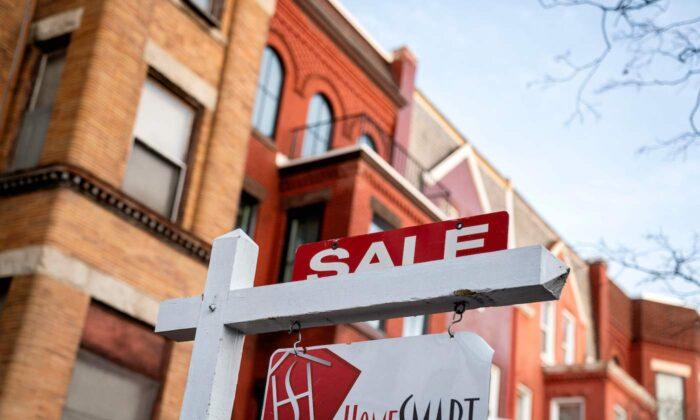A measure of U.S. home sales based on signed contracts dropped to a 2-year low in April, the latest in a string of data points suggesting the housing market may be heading into choppier waters.
“Pending contracts are telling, as they better reflect the timelier impact from higher mortgage rates than do closings,” Lawrence Yun, NAR’s chief economist, said in a statement.
Mortgage rates have been on a tear recently as the Federal Reserve has embarked on a course correction away from the pandemic-era easy money policies.
The rate on the benchmark 30-year fixed mortgage has shot up to over 5 percent after touching a low of less than 3 percent last fall.
Low housing inventory combined with rising mortgage rates have made buying a home less affordable.
“The escalating mortgage rates have bumped up the cost of purchasing a home by more than 25 percent from a year ago, while steeper home prices are adding another 15 percent to that figure,” Yun said.
“Mortgage payments are taking up a larger share of homebuyers’ incomes, and sky-high inflation is making it more difficult for some would-be buyers to save for a down payment or come up with the additional cash they need to afford a higher monthly payment,” Edward Seiler, MBA’s Associate Vice President, Housing Economics, said in a statement.
Inflation has been running at a 40-year high in the United States, outpacing wage growth and giving many American households an effective pay cut despite the fact that they saw higher paychecks.
MBA analysts expect mortgage rates to stay above 5 percent for the rest of the year and for the pace of home price appreciation to cool.
“Prospective homebuyers should start to see moderation from the double-digit price appreciation reported for well over a year in most of the country,” Seiler said.
In April, the median new home sales price jumped to $450,600, around 20 percent more than a year ago and a new record high, recent Commerce Department data showed.
NAR predicts that existing-home sales will drop by 9 percent for all of 2022 and home price appreciation will ease to 5 percent by year’s end.
“Home prices in the meantime appear in no danger of any meaningful decline,” Yun said. “There is an ongoing housing shortage, and properly listed homes are still selling swiftly—generally seeing a contract signed within a month.”
While housing stock has been tight, there are signs that inventories are beginning to recover, offering a glimmer of hope for house hunters, especially first-time buyers.
“Based on the fact that we’re seeing solid year-over-year inventory gains now, it’s really looking like home prices will be flat next year in 2023,” Simonsen wrote, though he cautioned that it’s unlikely home prices would fall.
Recent Commerce Department data showed that, at April’s sales pace, there’s around 9 months’ worth of new home inventory on the market, up from 6.9 months in March.





